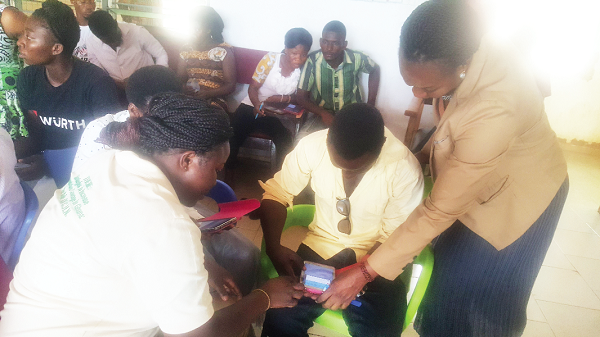
GHS introduces electronic data collection to enhance malaria control
The Ghana Health Service (GHS) and the National Malaria Control Programme (NMCP) have introduced the electronic collection of data by community volunteers to enhance the malaria control effort in the country.
In view of this, the NMCP has trained 750 Registration Assistants (RAs) who conducted an electronic household registration exercise towards the distribution of Long Lasting insecticide- treated Nets (LLINS) in the Upper East Region.
Using tablets provided by the Global Fund, the volunteers collected the data using an application called Netapp.
Advertisement
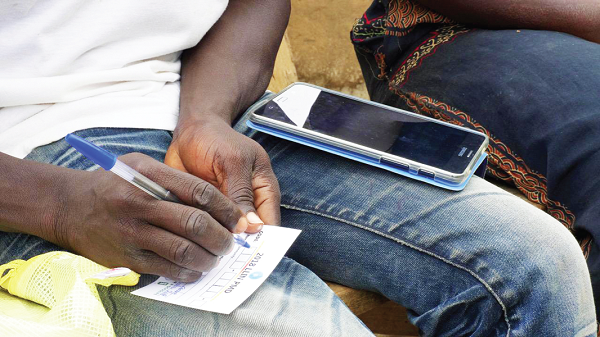
A volunteer issuing the code card to a household member
The app can work offline so it can be used in rural communities and the data synched later with internet connectivity.
After registration of the household members the Netapp generates a unique code which will be required to redeem the nets during the net distribution.
The registration was combined with the third round of the Seasonal Malaria Chemotherapy (SMC) exercise during which children under five years are dosed with antimalaria medicines to prevent them from contracting malaria.
Training
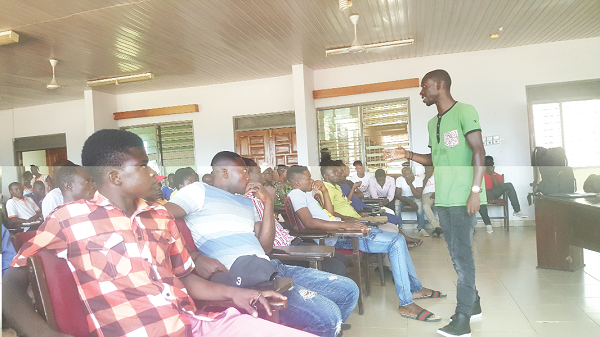
Mr Godwin Addae, Talensi District Information Officer, facilitating the training session
Before the registration exercise, which lasted for 10 days, the volunteers were trained in how to use the Netapp.
At the training of 143 volunteers in the Talensi District , Mr Godwin Addae, the Talensi District Health Information officer, urged the regitsration assistants to ensure that they captured all the households when they entered a compound.
He emphasised that residents who did not present their code card would not be given the nets during the Point Mass Distribution (PMD) to be carried out in September.
Beneficiaries
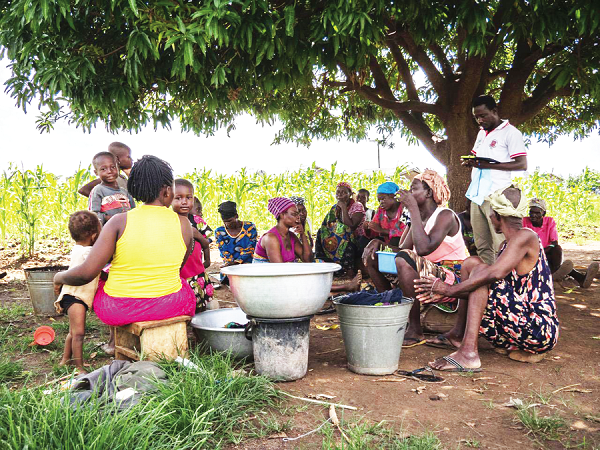
A volunteer registering members of a household
The Upper East Regional malaria focal person, Mr Sydney Ageyomah Abilba, said although there were a few challenges during the exerise because it was the first time the volunteers collected data electronically, the exercise ended very well.
“Electronic data provides real time data for coverage. It gives accurate figures to work with. The tabulation process using the manual method can present with calculation errors and manual data also gives room for people to manupilate data, leading to shortages during net distribution, “ he stated.
Ten out of the 13 districts in the Upper East Region will receive nets provided by Against Malaria Foundation (AMF), UK, an international charity that donates LLINS, and work with distribution partners to ensure they are used. They also track and report on net use and malaria case data.
Mr Abilba explained that the three, Builsa South, Builsa North and Kasena Nankana West districts, were not beneficiaries because they were already benefitting from an Indoor Residual Spraying programme.
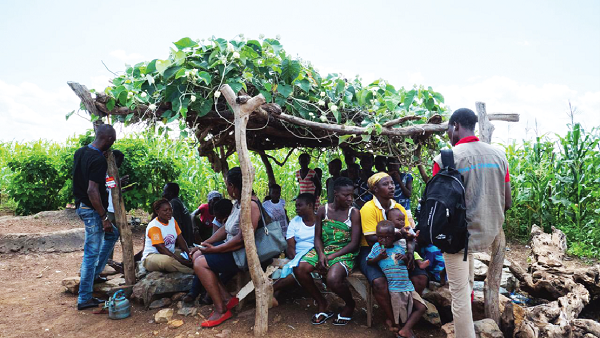
Regional and national Behaviour Change Communication teams interacting with household members
The World Health Organisation (WHO) recommendations does not allow for the implementation of two vector control interventions in a community.
It is projected that 583,152 bednets will be distributed to an estimated population of 1,049,693 comprising 262, 418.
Per the universal coverage, every two people in a household will receive two nets.
Combination
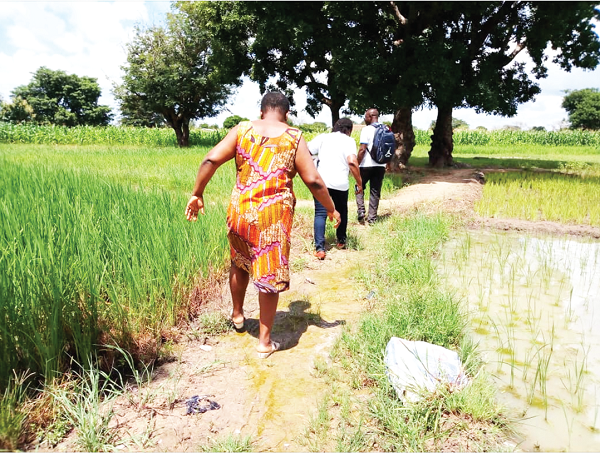
National and regional supervisors on their way to some of the houses to follow up on the PMD and SMC exercises
Dr Keziah Malm, manager of the NMCP, is excited that the programme will execute both the SMC and Point Mass Distribution registration within the same period.
She said the programme decided to try this innovation because both interventions involve moving from house to house.
“Although SMC involves only households with children under five years, volunteers basically move to houses. It will be a bother to households to get two different groups of people going to them for the same malaria related control/ prevention activities.
‘Furthermore, we thought the combination will save us some money because the same volunteers can be used for households with children while we add up volunteers to cover the households without children,’ Dr Malm explained.
She indicated that the combination also reduced health workers time for undertaking the two interventions so they could attend to other work. It also provided time to undertake Social and Behaviour Change Communication (SBCC) activities at the community level.
In addition, time for training and supervision for the two interventions was drastically reduced.
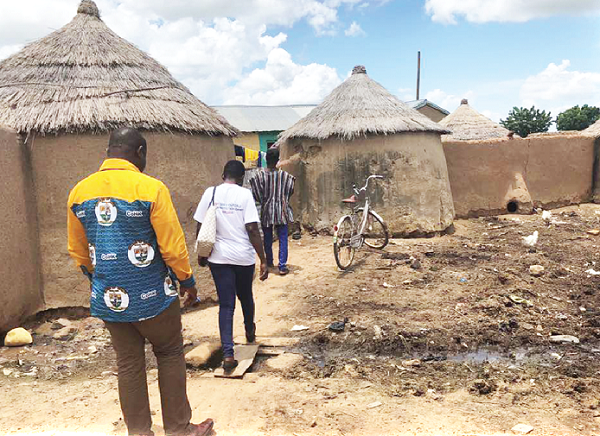
Supervisors entering a house for monitoring
Net distribution
The bednet distribution is part of the NMCP’s intervention in the malaria effort. The programme has distributed nets throughout the entire country over 10 years.
Every three years, which happens to be the lifespan of the bednets, they are replaced.
Dr Malm said while in the past the countrywide bednet distribution was undertaken over a two-year period, “this time we are doing it over a year.”



